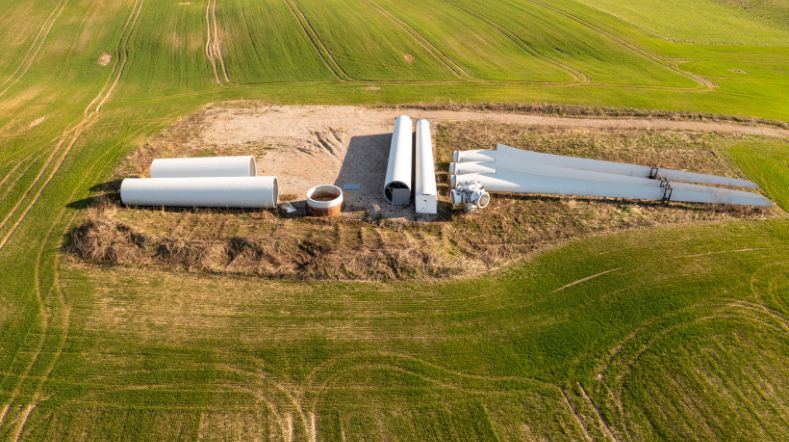New North Sea monitoring station for offshore wind farm expansion
The substantial expansion of offshore wind capacity from 4.5 gigawatts in 2023 to as much as 21 GW in 2030 requires action on many fronts. One way in which TNO is contributing to this is by accurately mapping wind speeds over the North Sea. As two new wind farms, good for almost 5 GW, are planned north of the Wadden Islands, we commissioned a fourth monitoring station this spring. The measurements are of great interest to wind farm designers and operators.
Fourth monitoring station
The monitoring station is built on NAM's L2-FA-1 platform in the northern part of the North Sea, about eighty kilometres north of Texel and sixty kilometres west of the future wind farms 'Ten noorden van de Waddeneilanden’ (700 MW) and 'Doordewind' (4 GW). The monitoring station was completed in March and will be operational in the second quarter of 2023. It is TNO's fourth monitoring site in the North Sea. Some 30 km west of the South Holland islands lie Lichteiland Goeree (LEG) and Europlatform (EPL); platform K13a lies 100 km west of Texel. Measurements have been taken on behalf of the Ministry of Economic Affairs and Climate Policy since 2012.
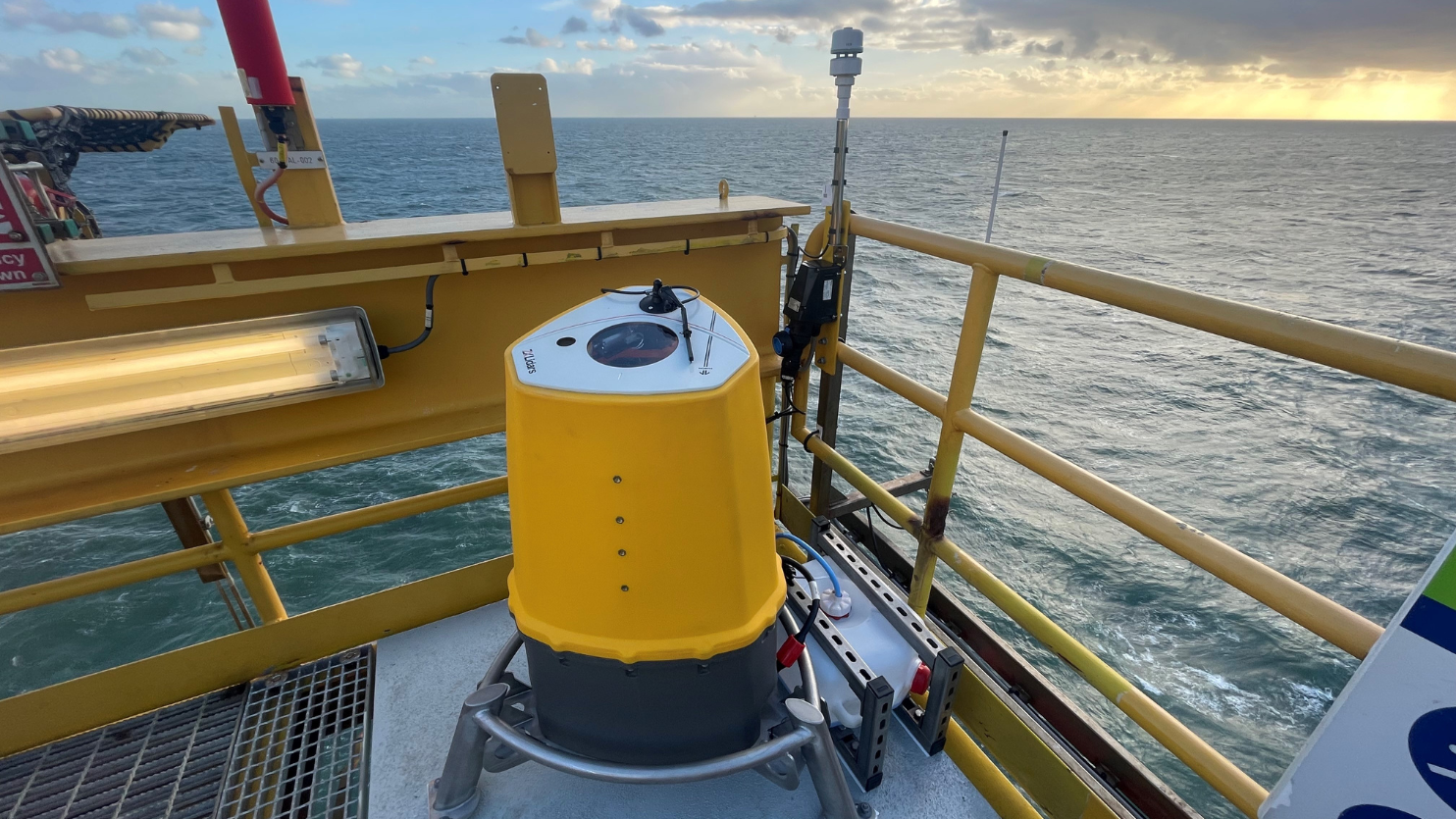
Further and further out to sea
“The offshore wind farms are getting considerably larger and also moving further and further offshore. There, the wind behaves differently than near land. On K13a, we started measuring far out at sea, west of our country for the first time. Now, an additional monitoring site is added a good distance north of the Wadden Islands”, says TNO wind expert Hans Verhoef.

“Measuring wind speeds and directions at various heights at various locations under various weather conditions provides a huge amount of data that helps optimally design wind farms.”
Measurements publicly available
The measurements are done using LiDAR (Light Detection And Ranging), laser-based measurement systems. The system sends pulses of light into the air and from the reflection of air particles, or aerosols, wind speed can be determined up to a height of 200 metres and beyond. TNO is making the results publicly available via the website WindOpZee.net. Wind farm developers and other stakeholders use the data to determine the most favourable location of the farms and to optimise the design. In practice, this increases yields by percentage points.
Filling the gap
“These parties need mainly long-term measurements of speeds and directions at as many altitudes as possible,” says Hans. “The future wind farms ‘Ten noorden van de Waddeneilanden’ and ‘Doordewind’ are expected to be operational in 2031, and companies can bid for tenders for the lots in 2027. By then, we will have collected a wealth of data that will benefit all parties involved. The area north of the Wadden Islands is still largely virgin territory when it comes to wind measurements. We are going to fill that gap.”
North Sea Wind Atlas
The measurement data from the four sites can also be used to update the Dutch Offshore Wind Atlas on an ongoing basis. Previously, TNO worked closely on this with the Royal Netherlands Meteorological Institute (KNMI) because of their expertise in weather models and with the Delft-based company Whiffle, which specialises in ultra-high-resolution atmospheric models.
The current atlas also provides data on wind up to 600 metres but there is a strong desire to keep the atlas up to date. For that, additional data from meteorological masts, floating LiDARs, satellites, and aircraft is of great importance. This enables predictions of wind speeds at higher altitudes and of wind shear, a sudden turning of wind.
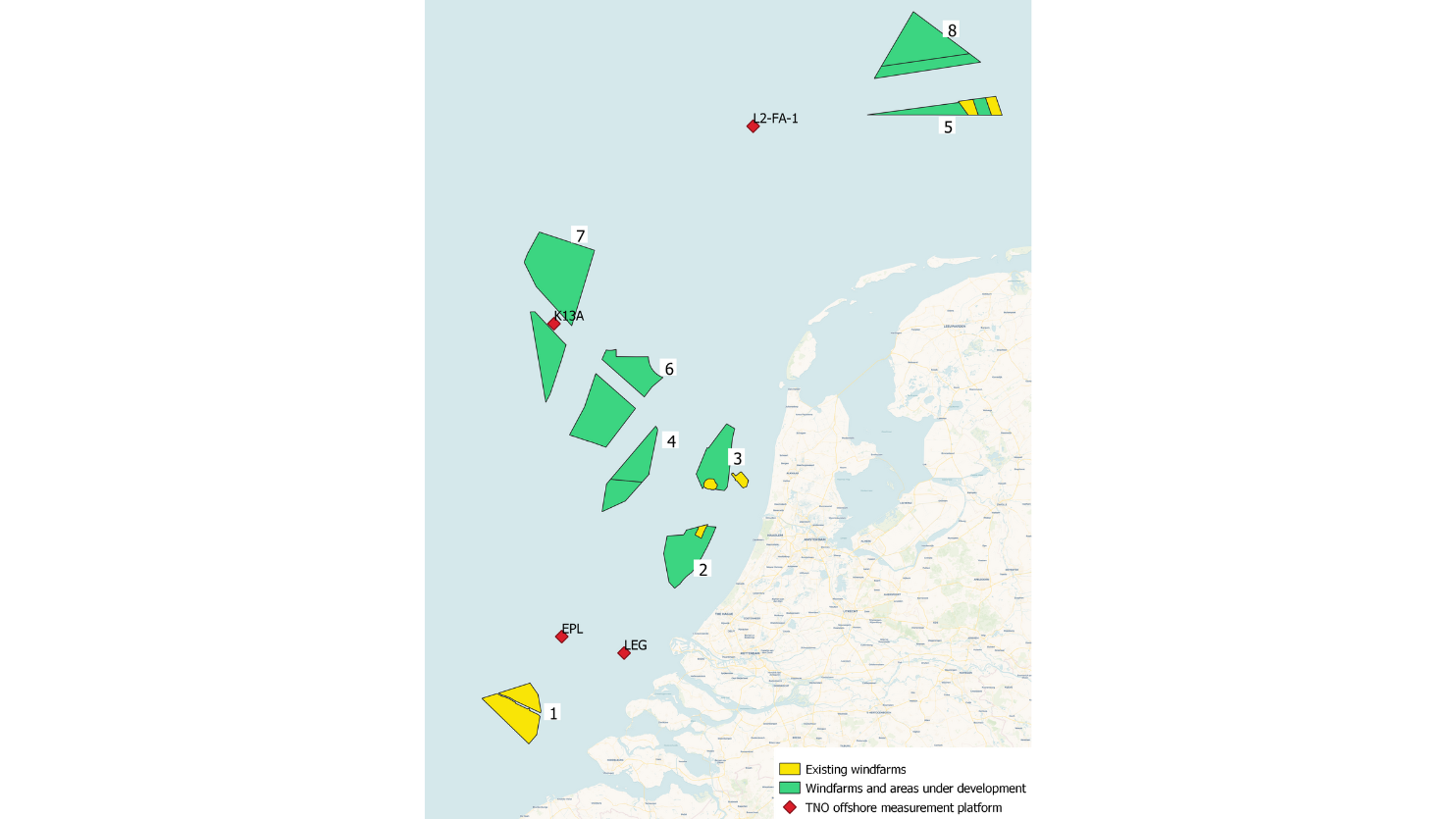
Higher demands
“What makes us unique in this is that we are independent and accredited in this field. The consumers of our data are always assured of the latest, accurate, reliable data,” Hans Verhoef says.
Vortex effects
As the height of offshore wind turbines increases, measurements will also be taken in increasingly higher air layers, Hans expects. And with the increase in the number of wind farms, more measurements are needed to determine the so-called vortex effects. Similar to aircraft, wind turbines produce wakes, which affect yield and load of other turbines.
“We are going to do a lot more measurements to get insights into how the wind farms affect each other and how to minimise those effects.”
Get inspired
Improving wind turbine maintenance with the sensor installation robot
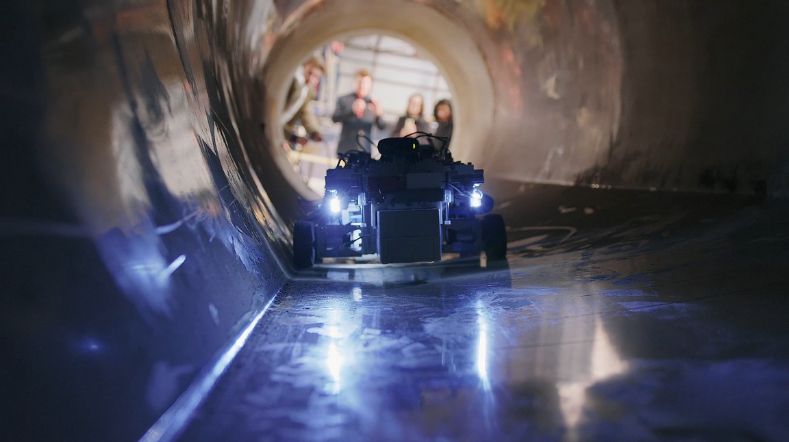

Project launched for recycling wind turbine blades
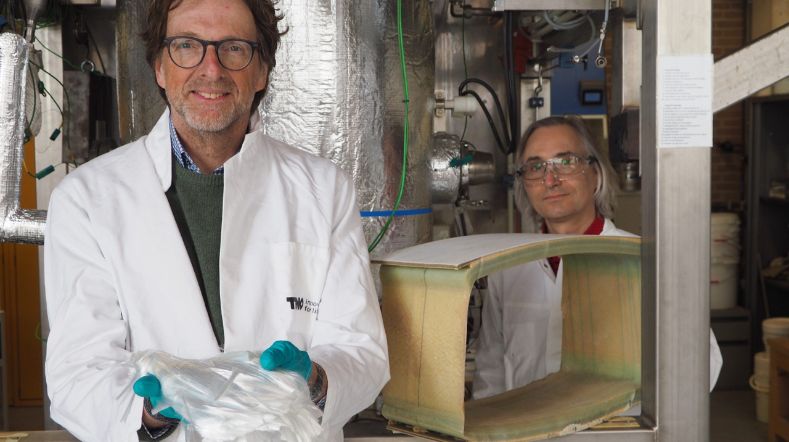

TNO research leads to better damage prediction for offshore wind turbine blades
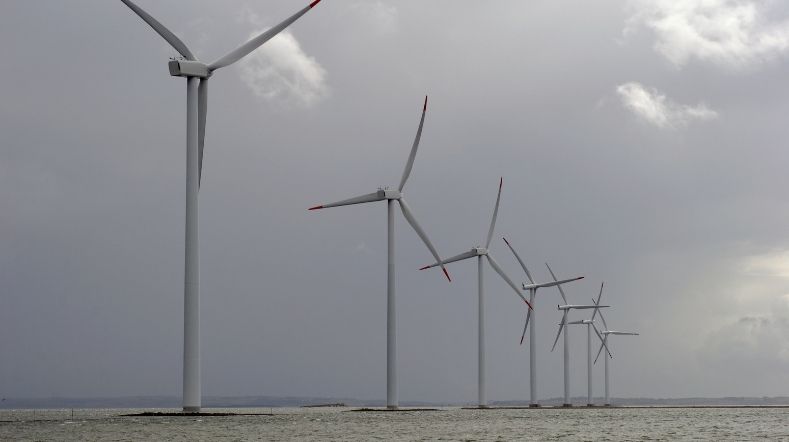

Better damage prediction for wind turbine blades through unique weather measurements at sea
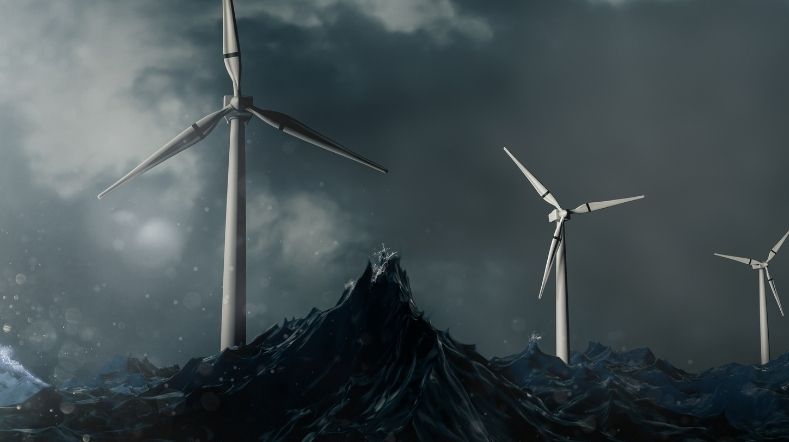

First study on public perception of wind turbine circularity
